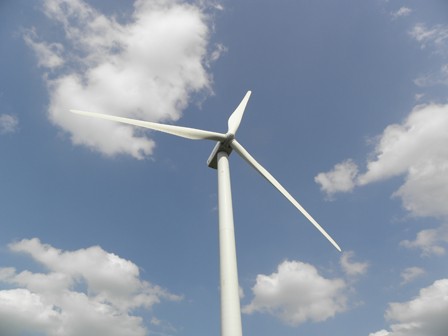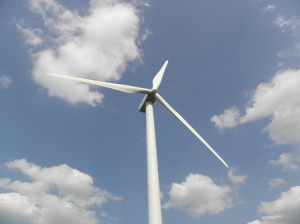Iranian Ship Linked to Houthi Attacks Heads Home Amid Tensions
(Bloomberg) — An Iranian ship that’s been linked to Houthi attacks in the Red Sea is returning home, removing a prominent asset in the area as the Islamic Republic braces...




Maxime Pachot, Offshore Wind Turbine Manager, Bureau Veritas, says, “There is growing demand for offshore wind turbines which can be safely installed in very deep water locations. They will use one or more types of floating platform to mount the turbine and may need a service life equivalent to offshore oil and gas projects. Both operators and authorities need to know these platforms are safe and will be up to the job. Although this is a new way of generating energy out at sea, it builds on proven technology and experience in offshore energy. These guidelines bring together Bureau Veritas’ experience with and rules for offshore floating units and moorings and marries them with the internationally accepted standards for wind turbines set out in IEC 61400-3: Wind turbines – Design requirements for offshore wind turbines. They will help field developers choose the right system and the right pathway for approval to meet local and international regulations and their own industrial requirements.”
Three categories of floating platforms are covered: Ballast floating platforms that achieve stability by using ballast weights placed below a global buoyancy centre; Tension Leg Platforms (TLP), that achieve stability through the use of tendons; and Buoyancy floating platforms, that achieve stability by the use of distributed buoyancy.
The top structure with the rotor-nacelle and tower will be certified in accordance with International Standard IEC 61400-3 and/or national regulations. The floating platform on which the generating assembly is mounted will be classified by Bureau Veritas under its Rules for the Classification of Offshore Units (Offshore Rules), which also extend to cover the mooring system.
In addition to classification and certification of offshore wind projects, Bureau Veritas is able to provide extensive expertise in site analysis, meteo-ocean studies, hydrodynamic simulation and fatigue life planning and on-site inspection and maintenance.
Bureau Veritas is the only classification society partner in the EU HiPRWIND project which brings together 19 companies with the aim of developing enabling technology elements for deep-water offshore wind. It is also involved in certifying wind projects in a number of countries globally and has an extensive wind R&D programme.
Join the gCaptain Club for curated content, insider opinions, and vibrant community discussions.


Join the 105,982 members that receive our newsletter.
Have a news tip? Let us know.
Access exclusive insights, engage in vibrant discussions, and gain perspectives from our CEO.
Sign Up




Maritime and offshore news trusted by our 105,982 members delivered daily straight to your inbox.



Essential news coupled with the finest maritime content sourced from across the globe.
Sign Up